Hemp, bioplastics and mushrooms are among the revolutionary discoveries that promise greater performance with less environmental impact.
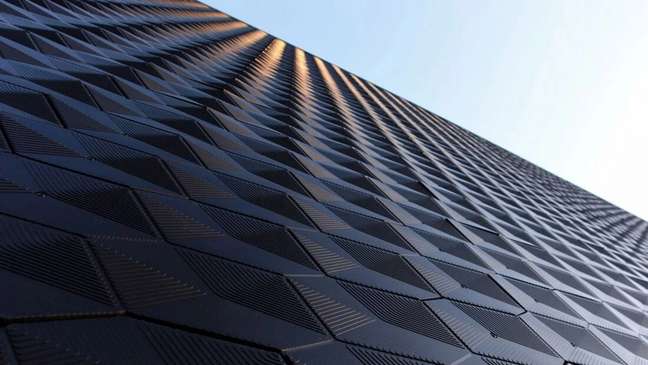
We have recently seen that hemp can be used to reinforce concrete in an economical, low-carbon solution. In fact, this is just one of the many research fronts that should innovate and broaden the range of options for building materials. In this sense, considering the performance and, at the same time, the reduction of the environmental impacts generated by civil construction, the innovations are promising and could affect the market in the coming years.
The list ranges from natural materials such as mycelium and paper to synthetic materials such as carbon fiber and high-performance plastics. Check it out below!
1. Biochar coating
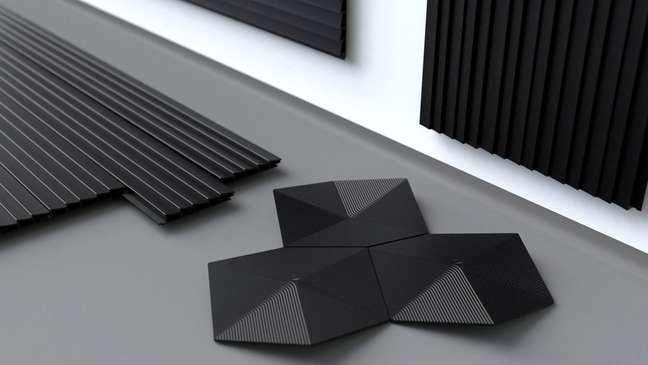
German start-up Made of Air produces bioplastics from forest and agricultural waste that sequester carbon and can be used to make objects, including coatings. In 2021, hexagonal panels nicknamed HexChar were first installed at an Audi dealership in the city of Munich.
Two. Reinforced concrete in carbon fiber
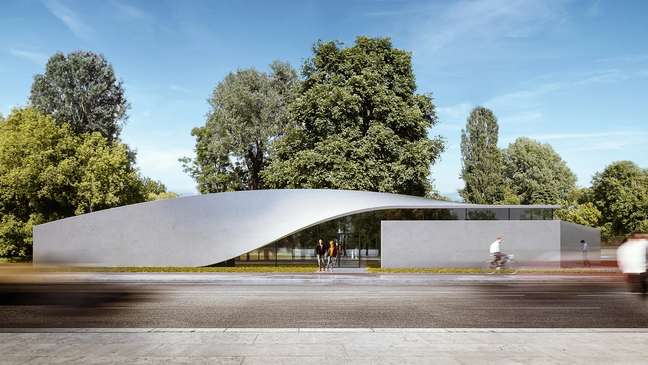
This newly developed type of concrete is reinforced with carbon fiber strands. Therefore, much less concrete is needed for a structure with the same strength. Researchers from the Technical University of Dresden are working with the German architectural firm Henn to create the building made of this “carbon concrete”, which will be called The Cube.
3. super strong plastic

Invented by chemical engineers at the Massachusetts Institute of Technology, 2DPA-1 is light and mouldable like all plastics, being twice as strong as steel.
Synthesized through a new curing process, the idea is to use it as an ultra-thin coating to increase the durability of objects. But in the future it is expected that it can also be developed to be applied as a structural reinforcement material in buildings.
4. 3D printed mycelium
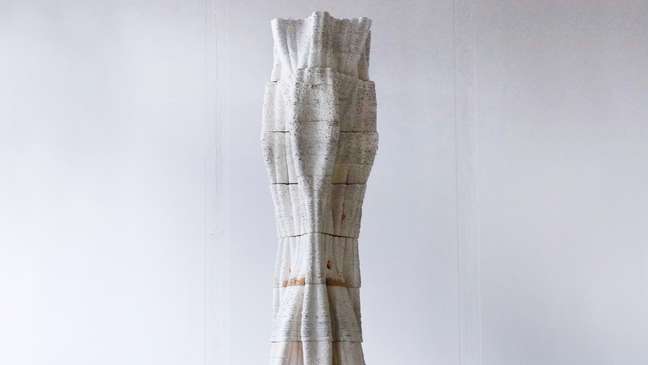
In construction, there are many ways to use mycelium, which is the branched vegetative part of a mushroom. One is Blast Studio’s 3D printing method: a two-meter high column that can be used as a load-bearing architectural element. Peculiar: it also produces a mushroom crop.
5. round hemp
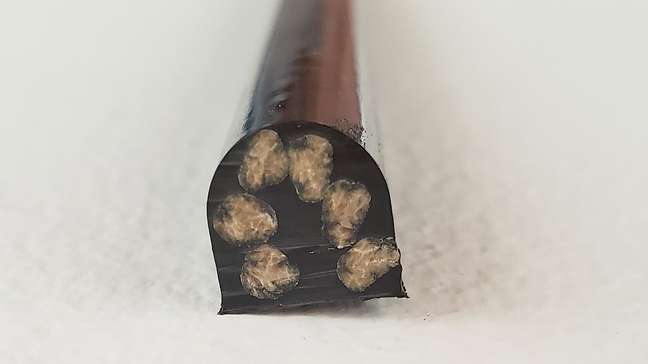
Made from one of the most carbon sequestering plants in the world, hemp armor is currently under development at the Rensselaer Polytechnic Institute in the United States. The idea is that the material is an alternative to standard rebar, but with a low cost and low carbon content.
6. Carbon sequestering carbicrete
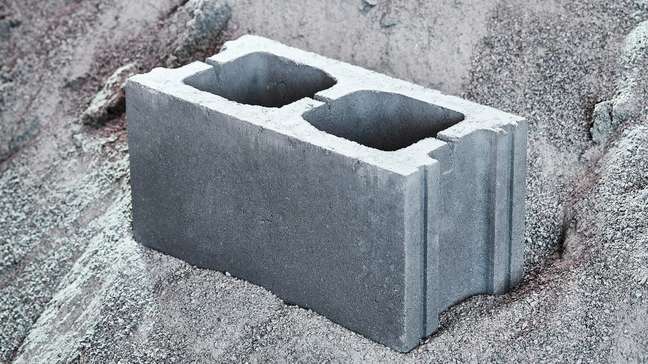
Canadian firm Carbicrete has developed a method for sequestering carbon in concrete, claiming that its product captures more carbon than it emits. Instead of calcium-based cement, which is a CO2 emitter, Carbicrete relies on slag from steel industry waste, in addition to carbon captured by industrial plants. It was used to make concrete masonry elements and prefabricated panels.
7. K-Briq construction waste bricks
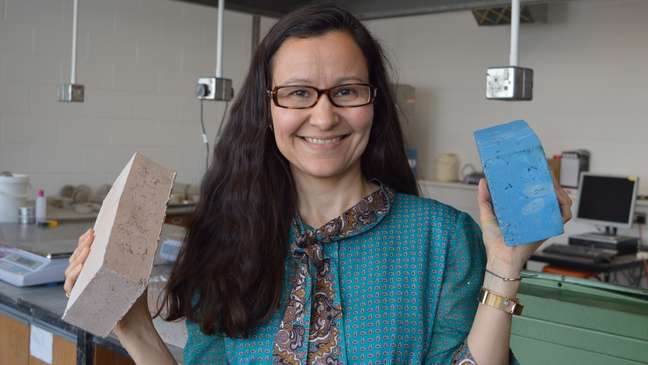
Created by engineering professor Gabriela Medero at Edinburgh’s Heriot-Watt University, the K-Briq brick was launched by startup Kenoteq. Its composition absorbs 90% of construction waste, and the material is not burned. Hence, it is a low-carbon alternative to regular bricks. The material is now available to order in standard or custom colors.
8. Agglomeration of potato skins
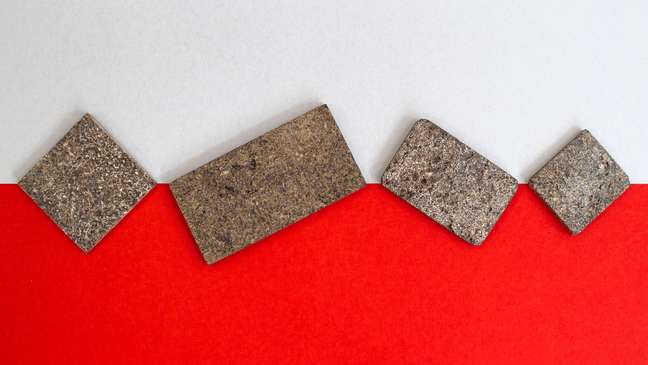
London designers Rowan Minkley and Robert Nicoll created this eco-friendly alternative to single-use materials like MDF and particleboard. Call to chip[s] Board, is created with potato peels and made without formaldehyde or other toxic resins, so it can be used as a building material.
9. Green coal bush bricks
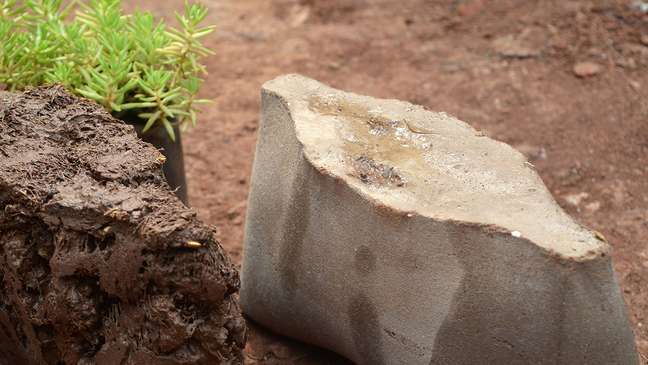
Designed by researchers at the Indian School of Design and Innovation in Mumbai, these bio-bricks are made with earth, cement, charcoal and organic fibers of natural loofah (the plant used as bath sponges).
Its natural gaps in the fibrous web of the bush allow the bricks to serve as a home for plant and animal life, increasing the biodiversity of cities.
10. used paper construction board
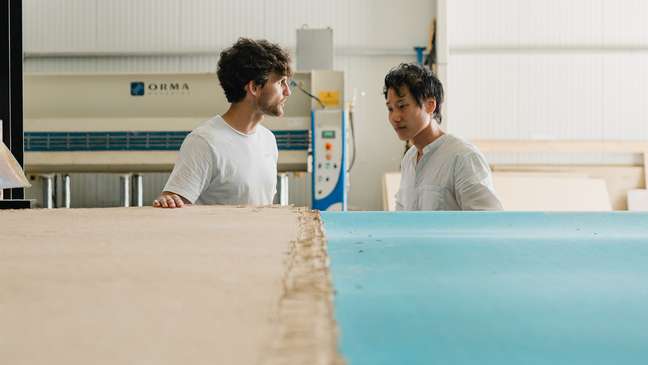
The Honext build plate is made from paper that has undergone several cycles of reuse. Therefore, the remaining cellulose fibers are too short to be joined and transformed back into paper. The company mixes cellulose fiber waste with water and enzymes to produce panels, which can be used in partition walls or interior cladding.
*Through ten
Source: Terra
Benjamin Smith is a fashion journalist and author at Gossipify, known for his coverage of the latest fashion trends and industry insights. He writes about clothing, shoes, accessories, and runway shows, providing in-depth analysis and unique perspectives. He’s respected for his ability to spot emerging designers and trends, and for providing practical fashion advice to readers.







